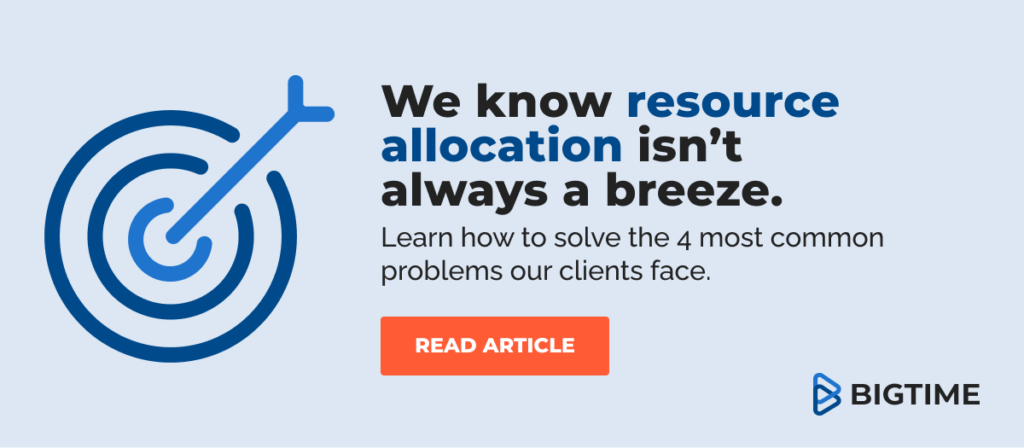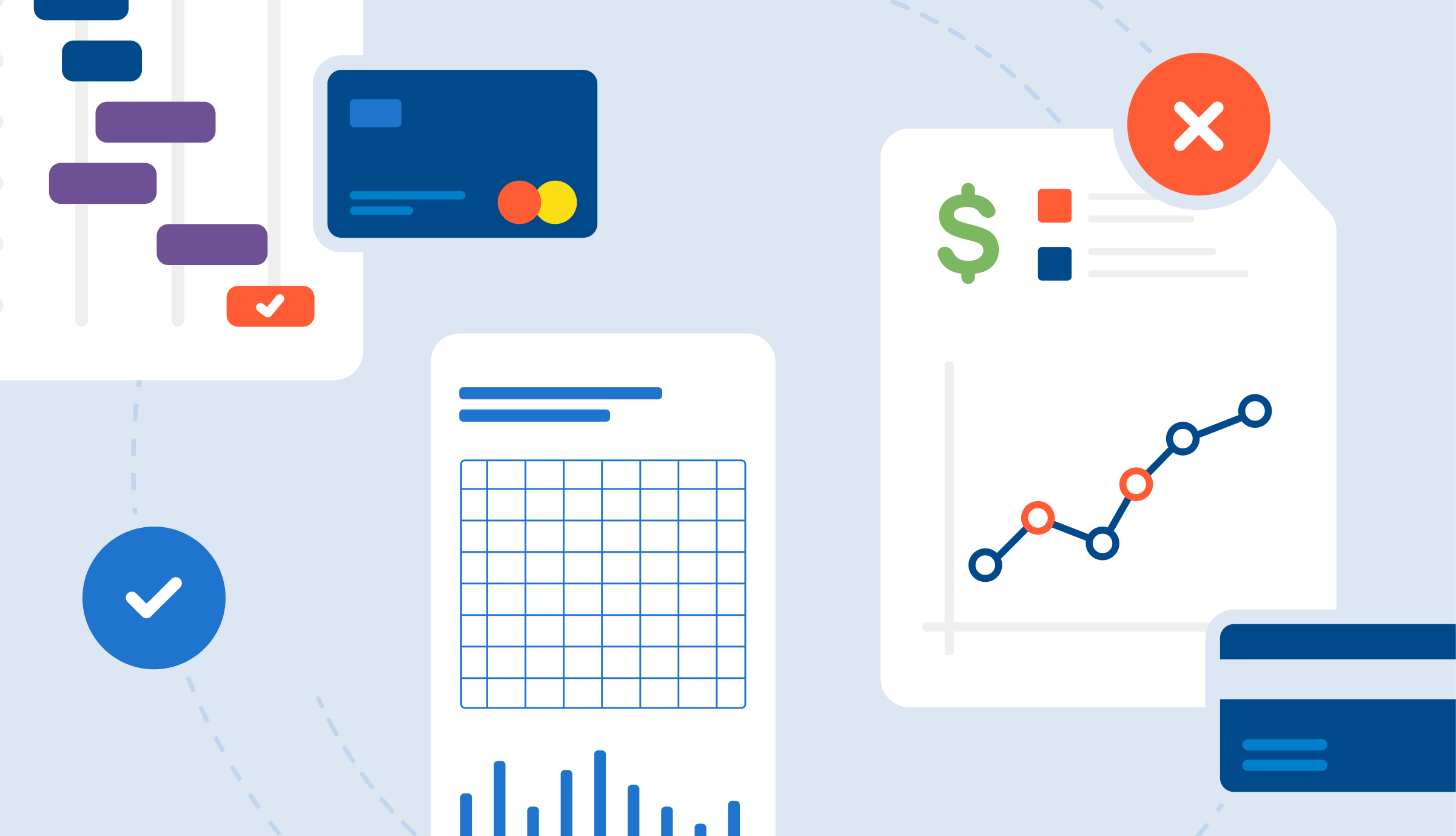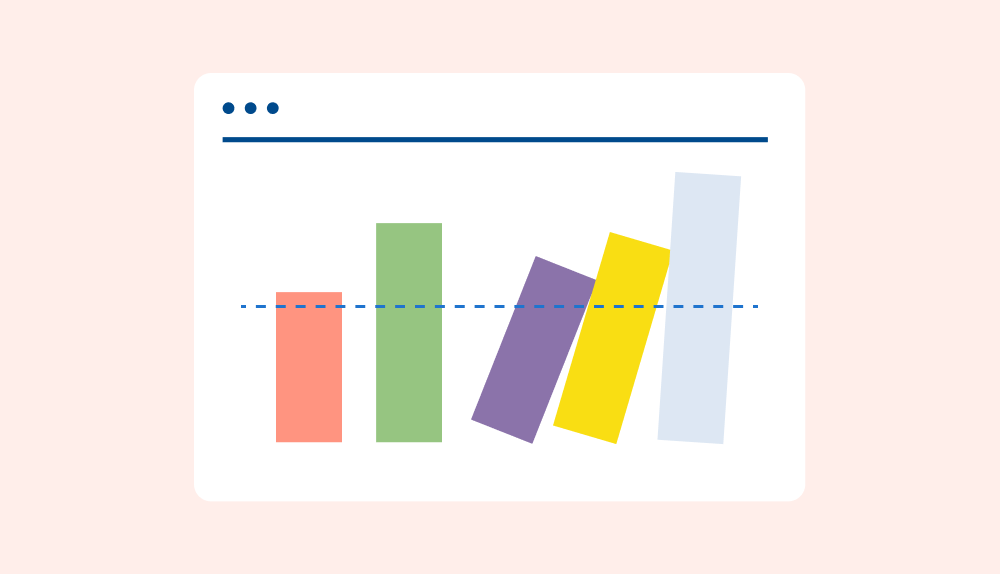Projects rarely go exactly as planned.
Luckily, we have some handy navigation tools that help here. When utilized effectively, these tools empower you to have more control over the course of your project.
One of the most common issues project managers (PMs) encounter is resource shortage. If this happens to your project, you need to find a way to adapt to the new situation and ensure the project deliverables are completed as planned.
This is where resource-leveling strategies can give you a helping hand. They can allow you to reallocate resources in line with your goals and objectives.
Sound complicated? Keep on reading to get a good grasp of every aspect of resource leveling.
What is resource leveling?
Resource leveling is an incredibly helpful project management technique for resolving scheduling conflicts or overallocation. It helps you ensure that your project is completed with the resources available to you.
The idea behind resource leveling is to take full advantage of all the available resources as you work within the project timeline, cost, and scope. It gives you the tools to adjust resource allocation or project schedules and avoid overextending your resources, keeping the quality of your deliverables high.
In other words, it’s a balancing act where you have to find a sweet spot between the demand for the same resources across multiple projects and your goal. Sometimes that might involve keeping the project’s deadline. Other times, it might require you to dedicate just enough resources to the project with the option to push its end date a little bit into the future.
Resource Leveling vs. Resource Smoothing: What’s the Difference?
The term “resource leveling” might sound familiar to you if you’ve ever stumbled upon “resource smoothing.”
Is resource smoothing the same thing as resource leveling?
In short, it’s not. Here are the most important differences between these two techniques:
- In resource leveling, the project deadline can change. In resource smoothing, the end date is fixed.
- In general, project managers tend to carry out resource smoothing after resource leveling.
- In resource smoothing, the project end date acts as the constraint — while in resource leveling, resources are the main constraint.
- PMs use resource leveling when they find that resources are under- or overallocated to the project. Resource smoothing comes in handy when resources are allocated unevenly across projects.
- Both resource leveling and smoothing help managers optimize resource utilization and scheduling.

3 Real-Life Examples of Resource Leveling
How does resource leveling work in practice? To help you get a clearer picture of what resource leveling is all about, here are three examples that apply to a professional services company like yours.
Example 1: Getting Additional Resources on Board
Picture a team receiving several edits from the client, requiring a significant amount of time to address.
The current team doesn’t have the resources to respond to this problem on its own. So, two new members from other teams temporarily join in to help fix the problem.
Example 2: Delaying the Project Start Date
Let’s imagine a team that requires a designer to create mockups for the client to accept.
But it turns out that the designer was double-booked and is currently busy working on another project on a full-time basis.
What can we do to make it work and not delay the project? We can start the project a few days later, once the designer becomes available.
Since the designer is experienced and works fast, the product still has a high chance of being delivered by the deadline.
Example 3: Postponing the Project End Date
Imagine a team that’s building a certain custom product. To make it work, team members need to be in touch with a certain unit on the client side that includes two people. It just so happens that one of the specialists is out of the office due to illness, and the other one is on holiday leave.
Luckily, the second specialist will be back in the office within a few days. So, your team can jump onto another project while waiting, and you extend the project deadline by a few days.
It doesn’t matter what kind of teams you lead — resource leveling will come in handy for resolving all kinds of resource conflicts.
When to Implement Resource Leveling
- When you want to avoid spreading your resources too thin and still ensure that your team has all the skills it needs to complete the project.
- When you want to keep a healthy work-life balance for the team by not making anyone work overtime.
- When you want to make the most out of your resources, understand which products need extra resources, and which ones are more flexible in terms of deadlines.
- When you want to prevent significant project delays and minimize losses in labor and cost.
- When you want to prevent overallocation that leads to overwhelming workloads for your team members and affects their level of motivation. Resource leveling helps you deal with that by adjusting deadlines to make sure no team member has too much on their plate.
- When you want to manage resources and client expectations by keeping the same level of quality for all the project deliverables.
- When managing your resources is simply becoming more and more difficult. You’re dealing with double bookings and over allocations all the time. You’re not sure who is working on which project. You’re constantly getting asked about that and spend a lot of time in meetings dedicated to updating PMs about your resources.

3 Resource Leveling Best Practices You Should Know About
1. Predict Resource Availability
If you don’t have the right resource allocation tools, predicting the availability of your employees is next to impossible. And you’re not going to get away with Excel spreadsheets here, even if you’re running a relatively small professional services company.
To make the most of your resources and have full control over their utilization, you need to gain more visibility of how they’re being used across projects. Resource management software is going to be the best solution for seeing how your business is doing from a higher level.
2. Compare Your Initial Project Estimations to Real-Life Allocations
Start by creating tentative project allocations (trust us, it’s worth doing that as soon as you can). You can compare them to your initial estimates and optimize them to make the data accurate. When the project is booked, and you’re sure about these allocations, simply change them to “active” (hard booking, rather than a soft booking).
Sometimes, you might only need to allocate people for some portion of their capacity or only for a certain number of hours on specific days. The solution you’re using should allow you to handle these use cases smoothly.
3. Have Backup Plans for New Hires and Existing Employees
Once you know which employees will be assigned to your project, your PM can start assigning them to specific project tasks. Always have a backup plan in case a resource suddenly becomes unavailable (for example, due to illness or when a brand-new hire gets a better last-minute offer and jumps ship).
For critical positions, always hire people a little earlier to make sure they’re available when the project starts. If you assign an existing employee, make sure to have a backup resource in place who could do the job for a week or more when the project kicks off.
Simplifying Resource Leveling
Resource management software streamlines resource leveling by automating the process of allocating and optimizing resources. By leveraging real-time data and project status, this software ensures the efficient distribution of resources, minimizes manual efforts, and provides valuable insights for intelligent decision-making. With features like dynamic updates and comprehensive visualization, resource management software simplifies the complex task of balancing workloads, enhancing overall project efficiency and success.






